I’m a lifelong Marvel fan, and I’ve played Overwatch regularly since its 2016 launch, so I hope you can imagine how excited I was when I finally got my Marvel Rivals beta key. It’s a colorful team-based hero-shooter with all my favorite Marvel characters, so what could go wrong?
I spent nearly two weeks with NetEase’s answer to Overwatch and had a blast, but Marvel Rivals might be the most audaciously derivative game I’ve ever played.
It strives to achieve all the same things Overwatch 2 does, but does those things far worse than the game it so blatantly copies. And yet, thanks to the mammoth weight of the Marvel IP, I’m confident Marvel Rivals won’t just succeed—it’ll be a mainstay in the hero-shooter space for years to come.
Sure, you can copy my homework, just make it look different
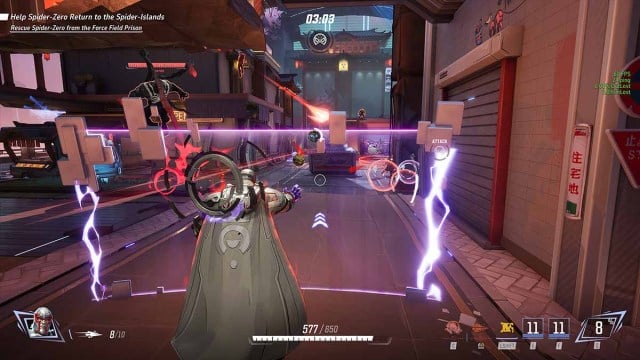
I’ve no doubt Marvel Rivals wouldn’t exist without Overwatch. Everything from the interface and menus to the characters and maps feel like they came straight from Blizzard’s FPS. The heroes’ pre-game banter even sounds familiar. Sure, it’s a third-person shooter instead, and its aesthetic leans more into Marvel’s comic-book art style, but beneath the surface, the core systems are almost identical.
I’m not saying Marvel Rivals is a bad game. It certainly isn’t. Marvel Rivals is fun and accessible, aesthetically well-composed, surprisingly balanced, and impressively polished for a closed beta—but that’s probably because Blizzard did all the heavy lifting first.
Haven’t we met before?
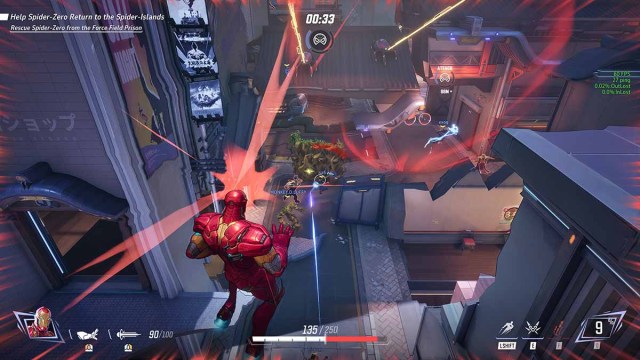
Let’s start with the character roster. Marvel Rivals boasts a diverse mix of 23 heroes and villains from the Marvel Universe—two more than Overwatch launched with. Visually, they look excellent, with striking silhouettes and a slick, cell-shaded art style that brings their comic-book designs to life in 3D.
But when you pick a character and jump into a game, you realize there’s hardly anything original behind the mask. I played over a dozen Marvel Rivals characters during the beta, and most (if not all) had several attacks or abilities I’ve seen before in Overwatch.
Star-Lord has Tracer’s guns, Reaper’s ultimate as a basic ability, and Soldier: 76’s ultimate as his own. Hulk has Winston’s ultimate and reverts to human form when he dies, just like D.Va. Jeff the Land Shark sprays a healing jet like Moira, shoots explosive projectiles like Pharah, and dives underground like Venture. Magneto shoots exploding orbs like Sigma, shields himself and his allies like Zarya, and raises a protective barrier like Reinhardt.
I could keep going, but I’ll stop here for brevity’s sake. Almost every Marvel Rivals character feels like a combination of several Overwatch heroes, and it’s so pervasive that it’s uncanny.
I don’t remember that from the comics
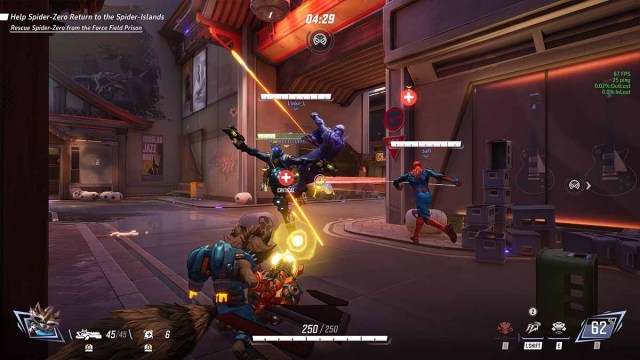
Naturally, not all those character kits are perfectly matched to the characters they’re applied to. One of my very first thoughts, immediately after finishing Marvel Rivals’ tutorial, was “Why the fuck is Rocket Raccoon a healer?” It’ll never not feel weird to dash around the battlefield as Rocket, shooting healing orbs, instead of, y’know, blowing stuff up.
Likewise, why is Loki a healer? Why are Doctor Strange and Magneto tanks? The answer is that NetEase needs them to be. It doesn’t take long before you realize the developer designed the character kits first and applied them to Marvel characters second. The result is a balanced game, but one that ultimately feels uninspired and fails to deliver on the character fantasies Marvel fans adore.
Marvel Rivals’ gameplay misses the mark
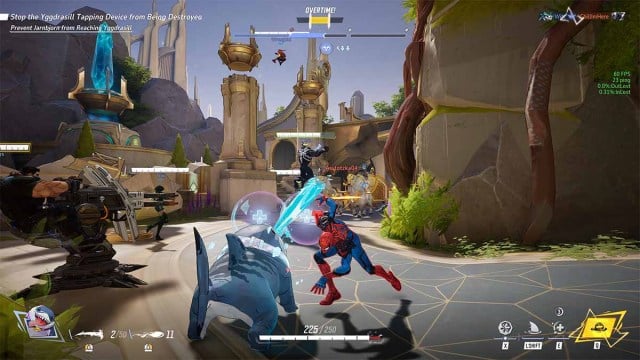
All this would be forgivable if Marvel Rivals did something, anything, better than its peers. But the core gameplay systems—the maps, character kits, and gunplay—all feel worse than their Overwatch equivalents.
Destructible maps are one of Marvel Rivals’ standout features, and disappointingly, they do very little to shake up the gameplay. Unlike Overwatch, certain buildings collapse when they take enough damage. If an enemy healer is hiding behind a wall, you might be able to blow up that wall to expose their position. This sounds awesome in practice, but in reality, most buildings get caught in the crossfire and end up destroyed anyway.
No characters have abilities that interact with structures, either—it would’ve been cool if one hero could repair buildings or destroy them faster, but that isn’t the case. Aside from being destructible, Marvel Rivals’ maps offer nothing unique or interesting to set them apart.
And it doesn’t help that Marvel Rivals’ gunplay feels looser and less precise than Overwatch. I haven’t done any concrete testing, but I’m fairly certain the hitboxes are bigger, which means there’s a lower skillcap. There are so many movement abilities, and powerful skills generally have short cooldowns, so it’s harder to predict and react to enemy plays. Character synergies are forced through team-up abilities rather than happening organically. Teamfights are frustratingly messy, with characters flying through the air and dashing about at every turn. Ultimate abilities charge far more quickly than in Overwatch, so every battle turns into a race to see who can use theirs first.
In contrast, Overwatch’s gameplay feels slower, more precise, and more methodical, and that’s saying a lot. In Overwatch 2, scoring headshots as Illari or saving a teammate’s life as Kiriko feels endlessly satisfying, and nothing in Marvel Rivals sparks that same joy. As it stands, Marvel Rivals’ main selling point is that it’s Overwatch with Marvel characters. That might be good enough for you, but it isn’t for me, and in my opinion, Marvel Rivals has no hope of ever being taken seriously in the competitive scene.


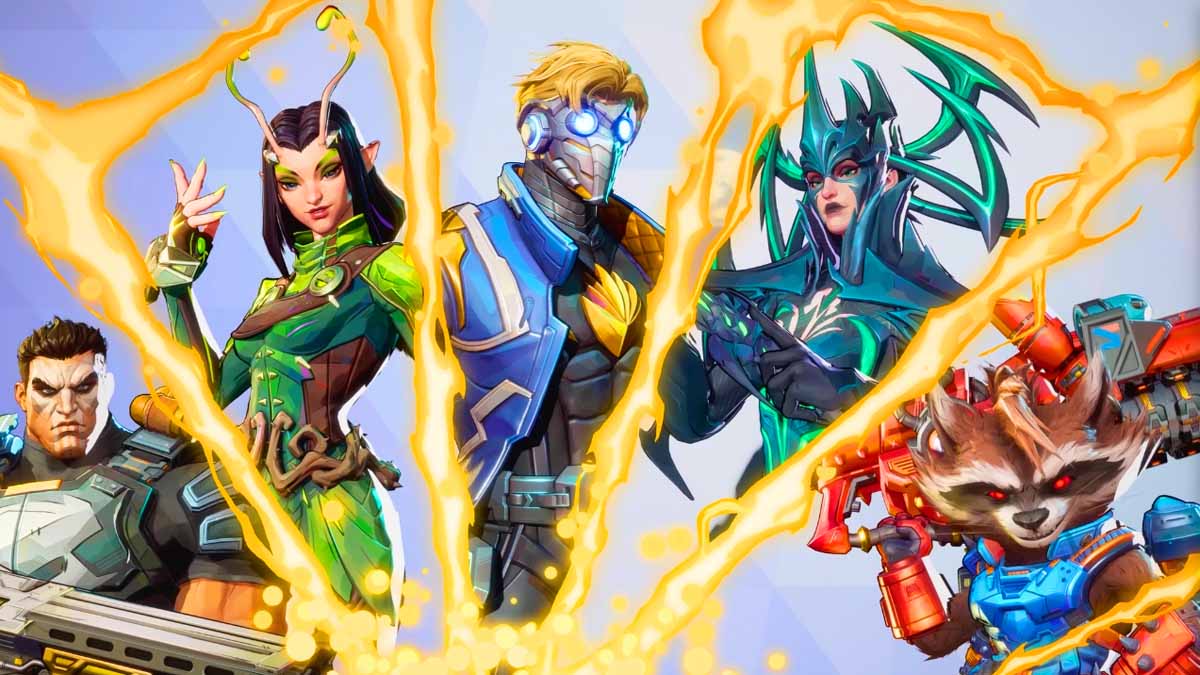
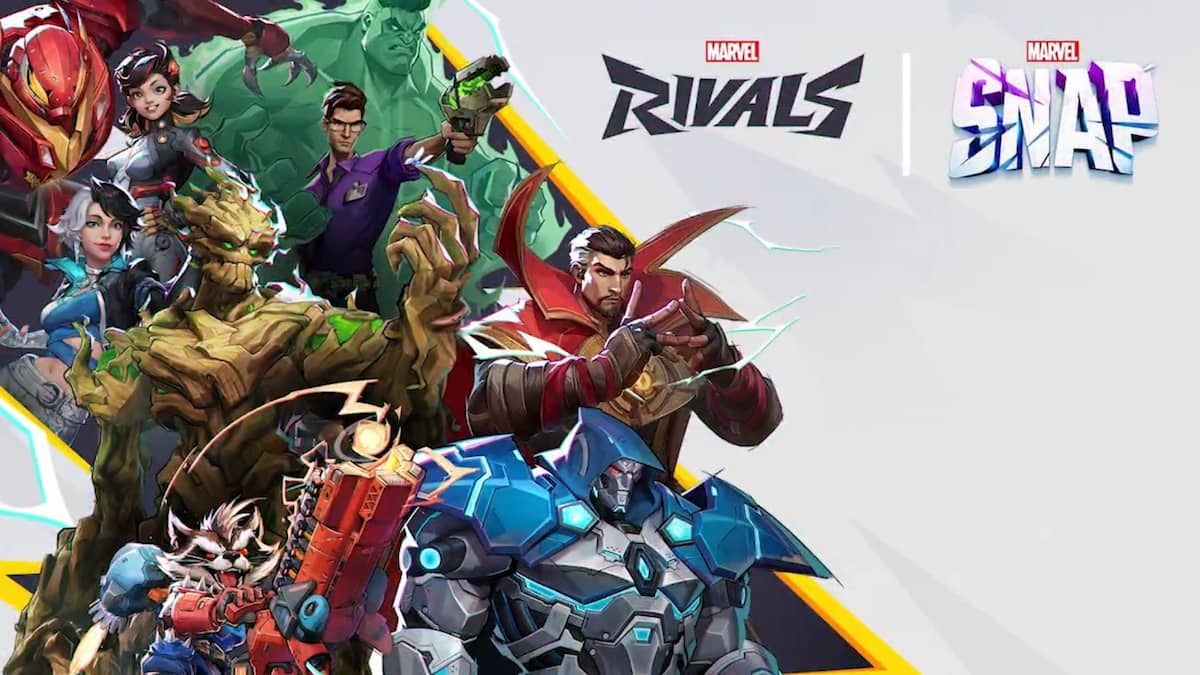

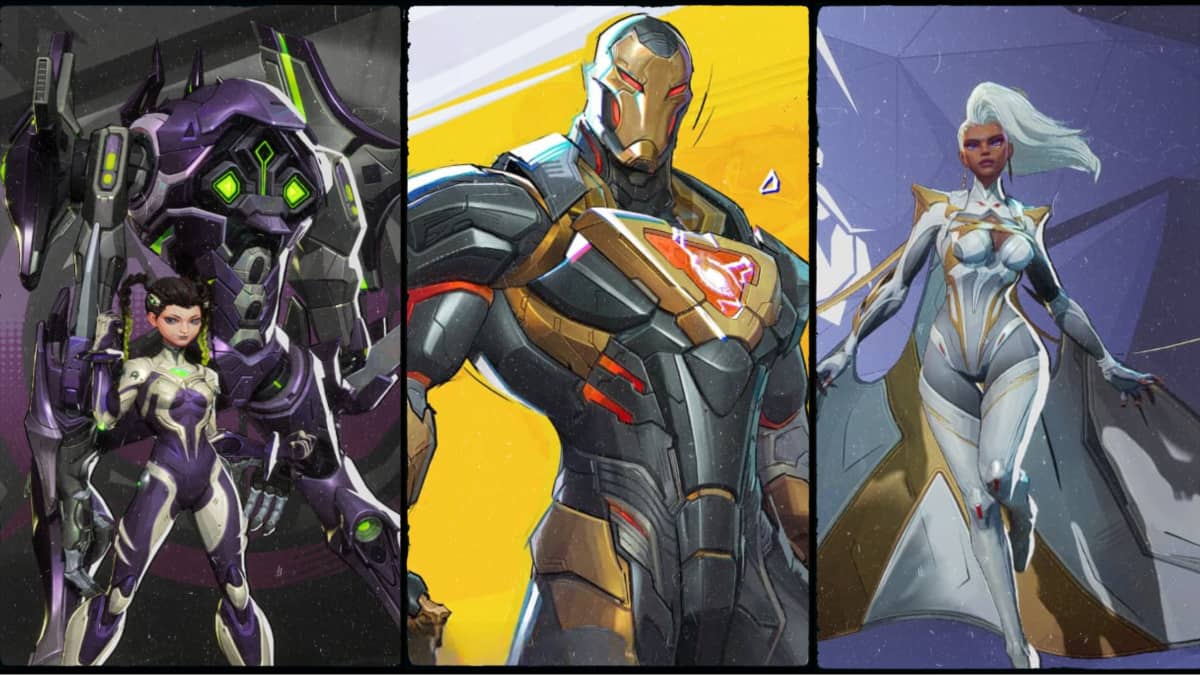
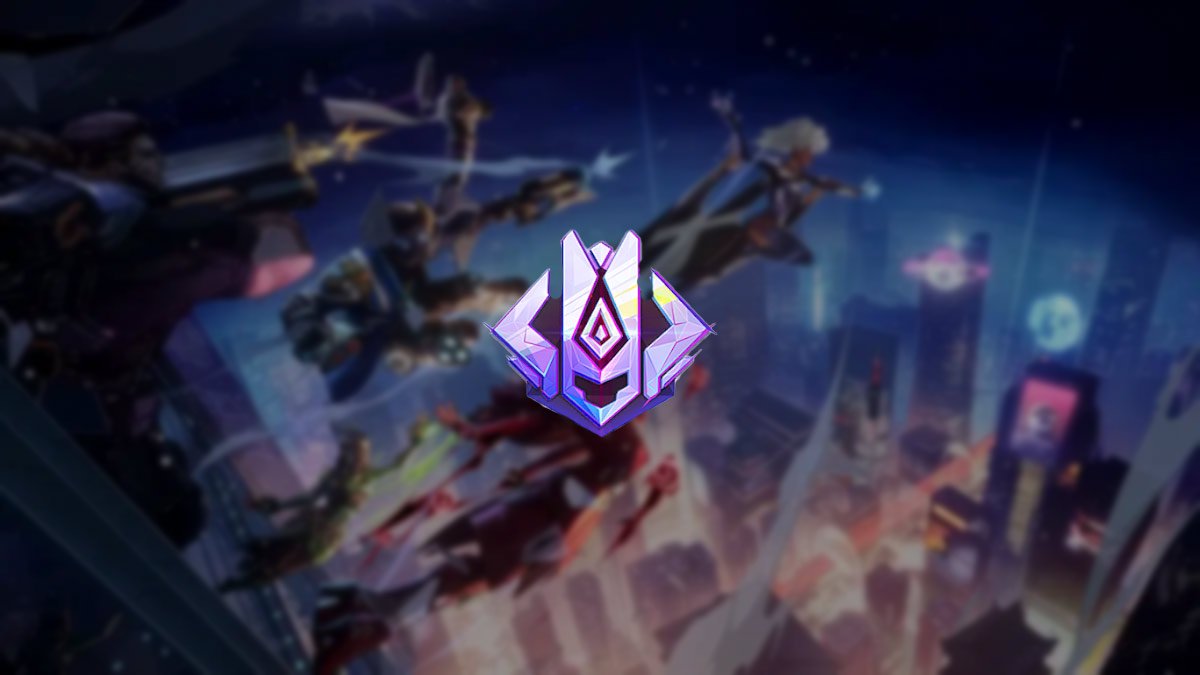
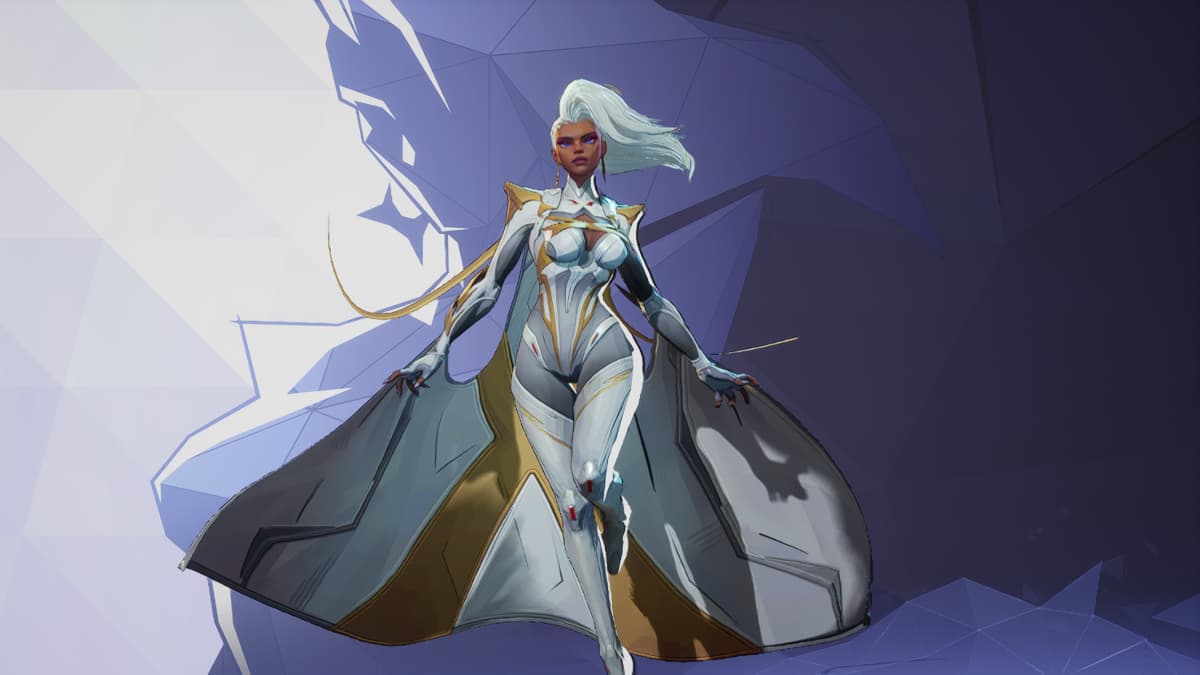
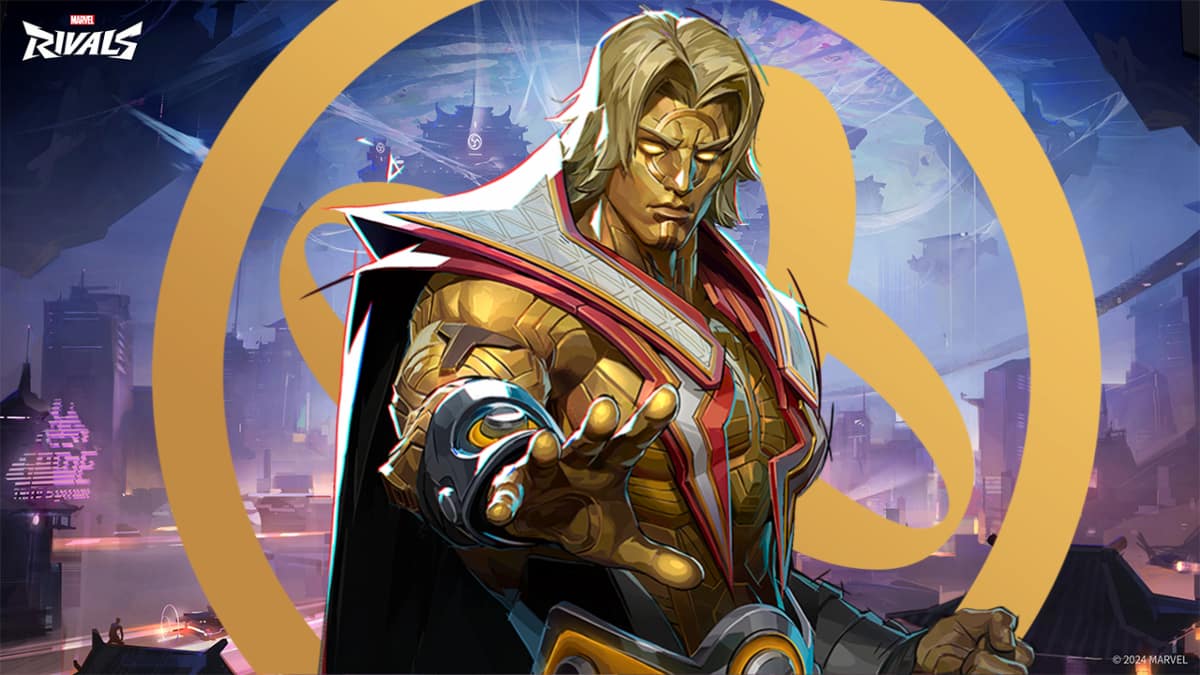

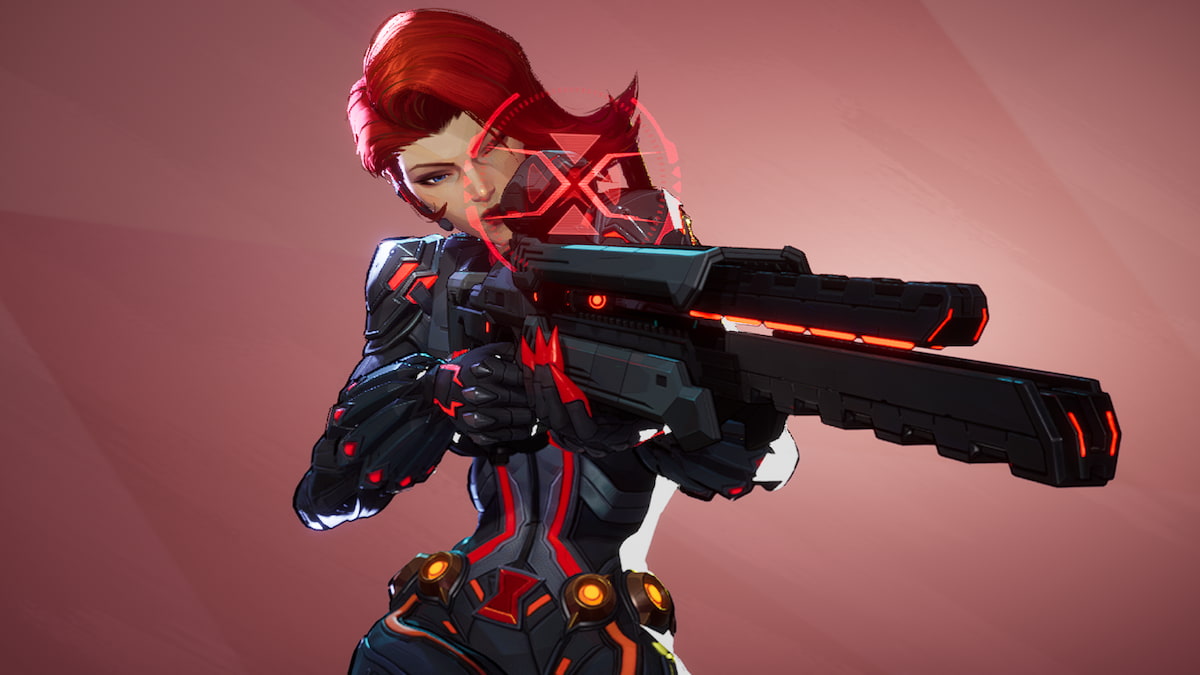
Published: Aug 5, 2024 09:18 am